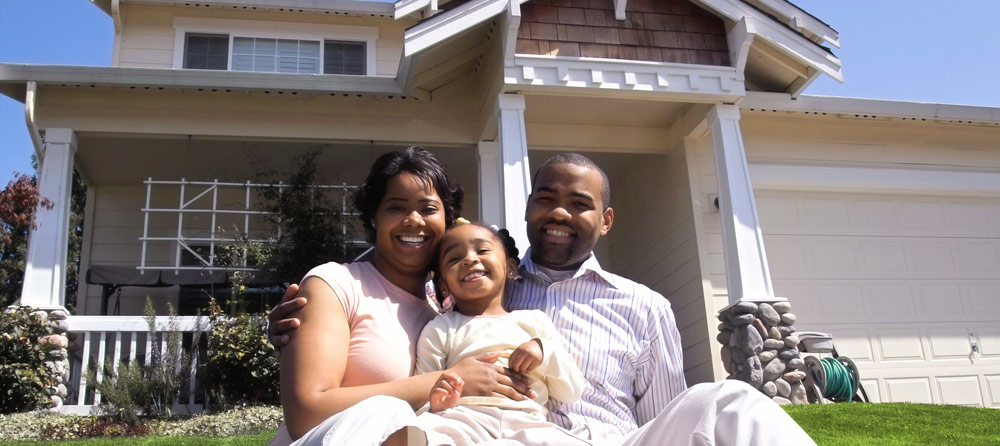Let Coe Appraisals help you discover if you can get rid of your PMIIt's largely understood that a 20% down payment is accepted when buying a house. The lender's liability is oftentimes only the difference between the home value and the sum due on the loan, so the 20% supplies a nice buffer against the costs of foreclosure, selling the home again, and natural value variations on the chance that a borrower is unable to pay. During the recent mortgage upturn of the last decade, it became common to see lenders requiring down payments of 10, 5 or sometimes 0 percent. How does a lender manage the additional risk of the low down payment? The answer is Private Mortgage Insurance or PMI. This additional policy takes care of the lender in case a borrower defaults on the loan and the worth of the property is less than what is owed on the loan. Since the $40-$50 a month per $100,000 borrowed is lumped into the mortgage payment and often isn't even tax deductible, PMI can be expensive to a borrower. It's advantageous for the lender because they obtain the money, and they receive payment if the borrower doesn't pay, opposite from a piggyback loan where the lender absorbs all the losses. 
Does your monthly mortgage payment include PMI? Contact us, you may be able to save money by removing your PMI. How can a home owner keep from bearing the expense of PMI?The Homeowners Protection Act of 1998 obligates the lenders on most loans to automatically eliminate the PMI when the principal balance of the loan reaches 78 percent of the primary loan amount. Savvy home owners can get off the hook ahead of time. The law stipulates that, at the request of the homeowner, the PMI must be released when the principal amount equals only 80 percent. Considering it can take countless years to arrive at the point where the principal is only 20% of the initial amount of the loan, it's necessary to know how your home has appreciated in value. After all, any appreciation you've accomplished over the years counts towards removing PMI. So why pay it after your loan balance has dropped below the 80% mark? Your neighborhood might not be reflecting the national trends and/or your home could have gained equity before things settled down, so even when nationwide trends indicate plunging home values, you should realize that real estate is local. The hardest thing for most homeowners to know is just when their home's equity goes over the 20% point. A certified, licensed real estate appraiser can definitely help. As appraisers, it's our job to recognize the market dynamics of our area. At Coe Appraisals, we know when property values have risen or declined. We're experts at recognizing value trends in Maryville, Blount County and surrounding areas. Faced with data from an appraiser, the mortgage company will usually drop the PMI with little anxiety. At which time, the home owner can retain the savings from that point on.
Want to learn more about PMI and the Homeowners Protection Act? Click this link: |